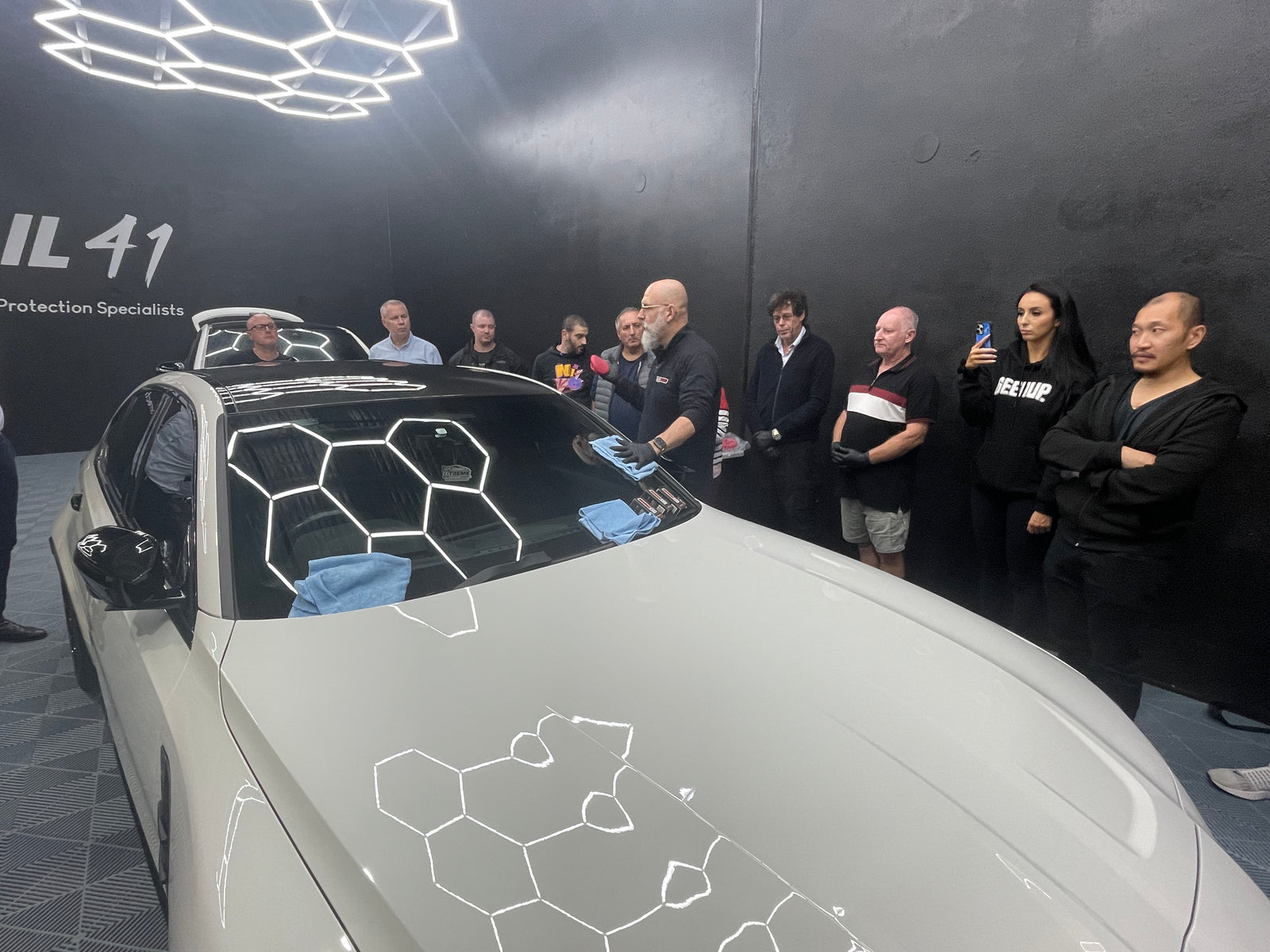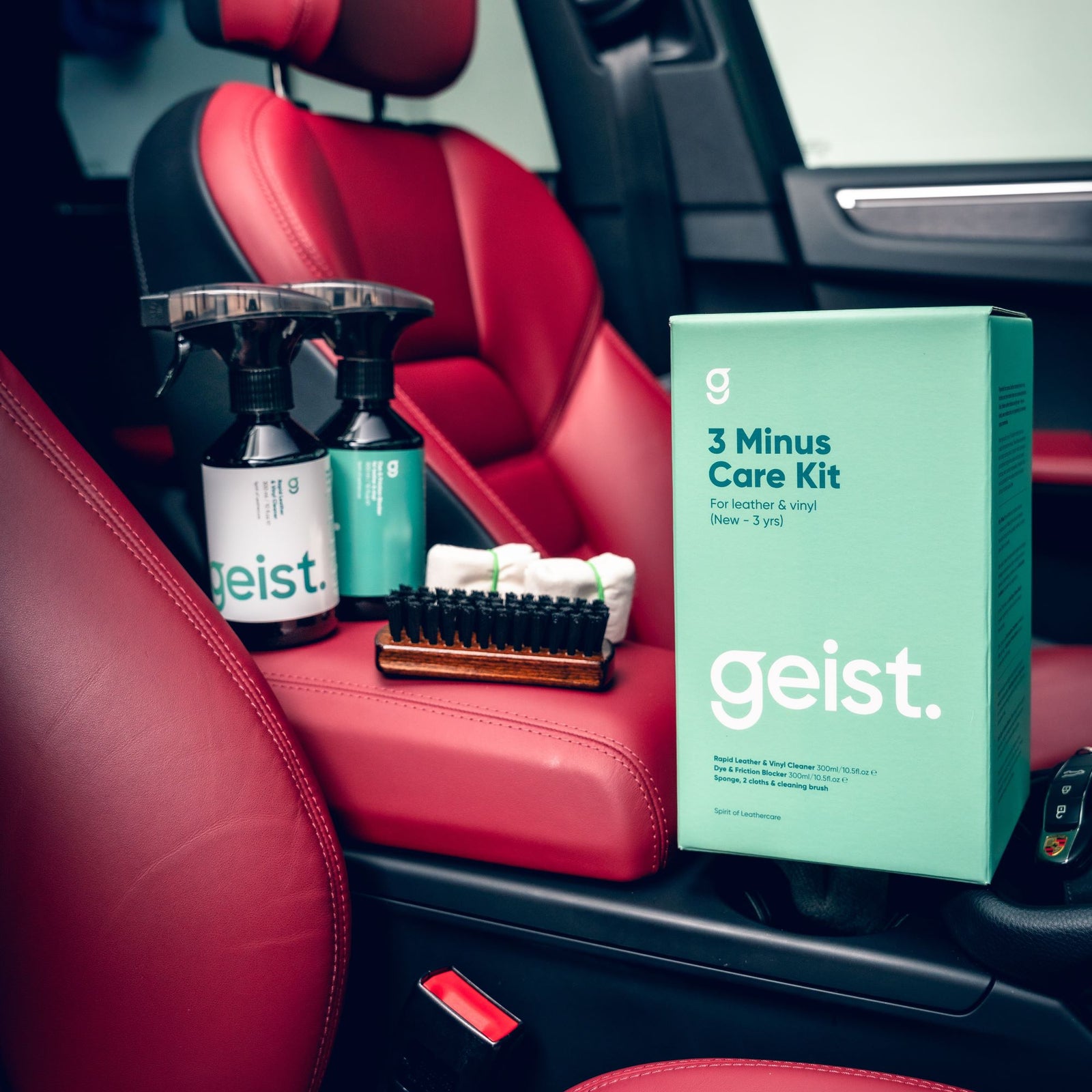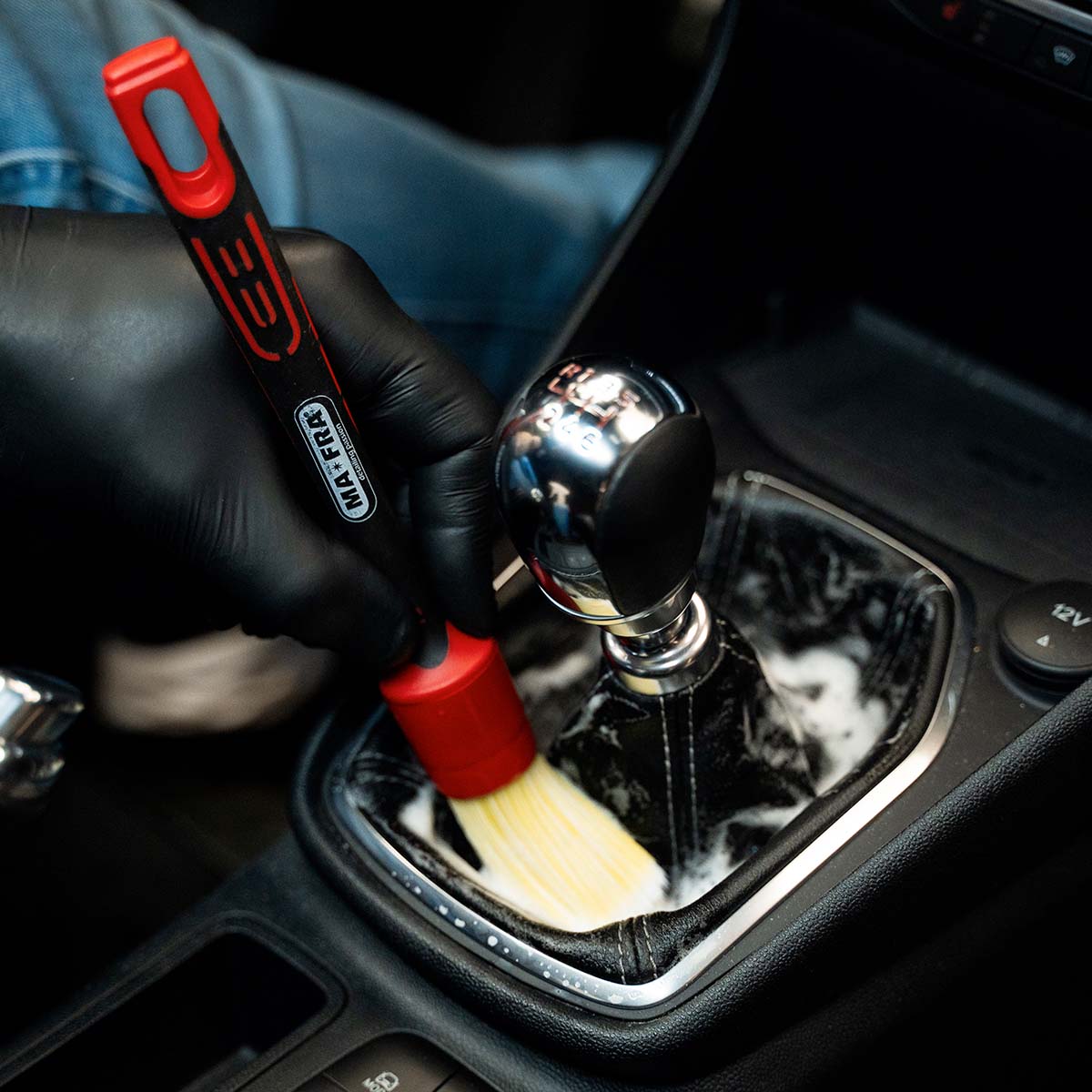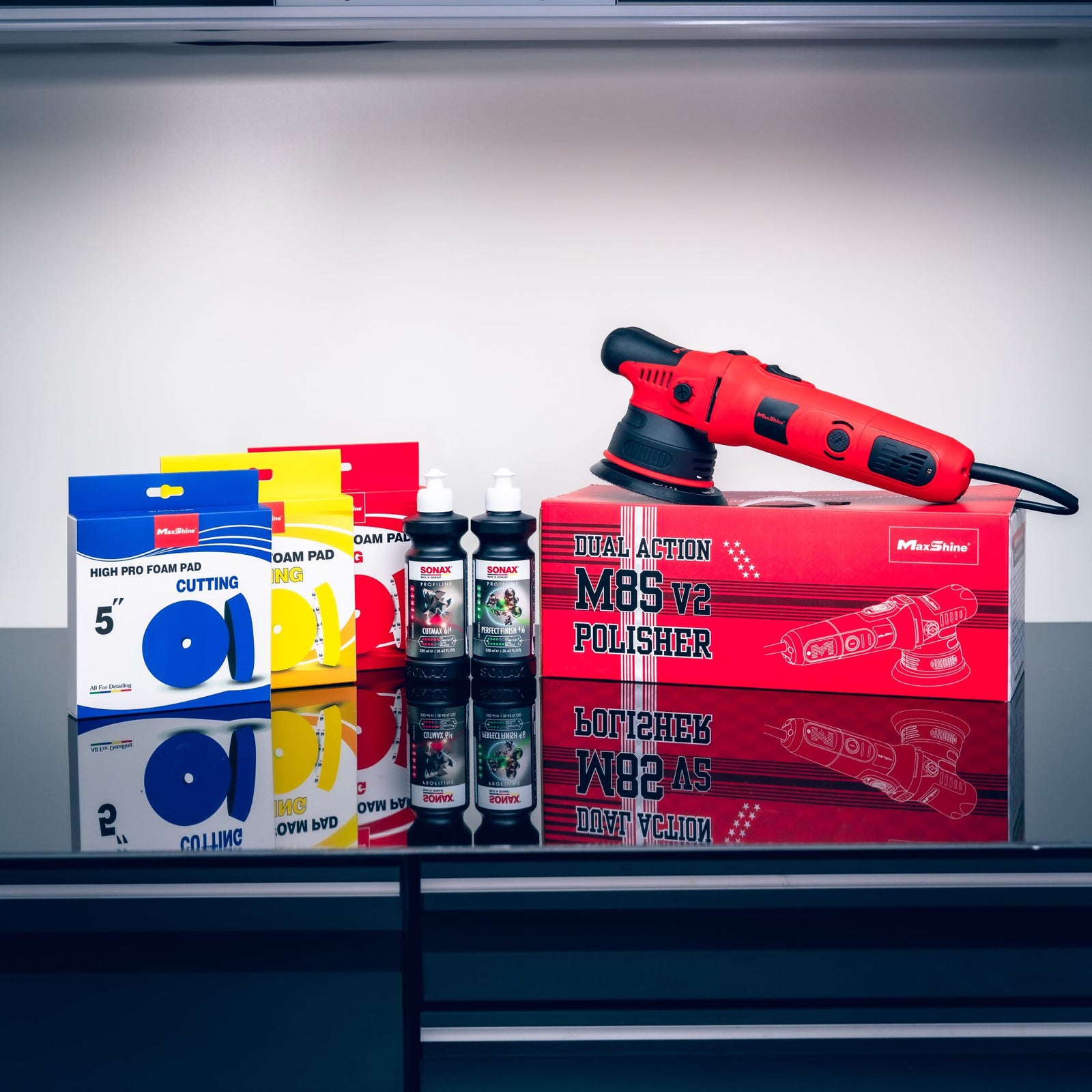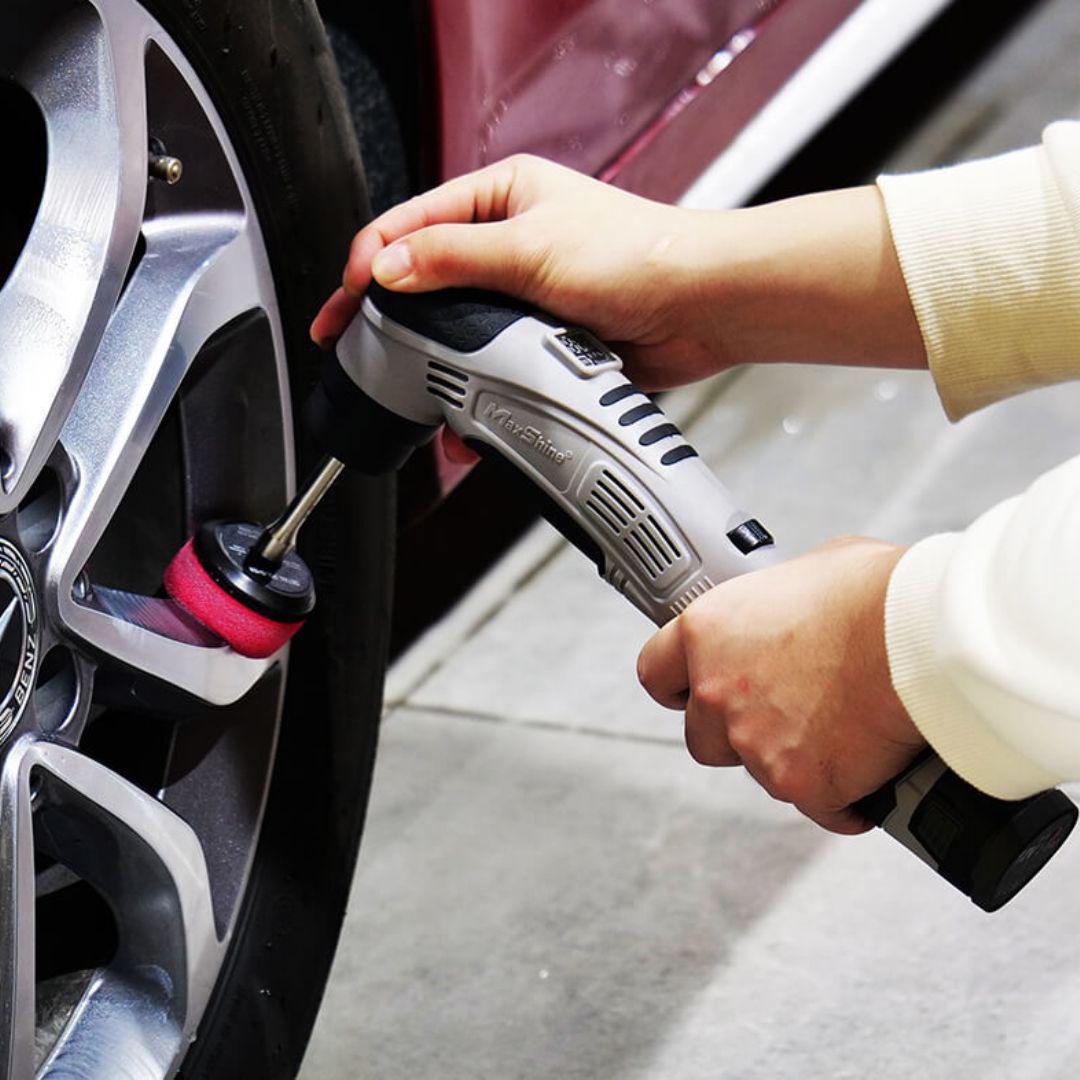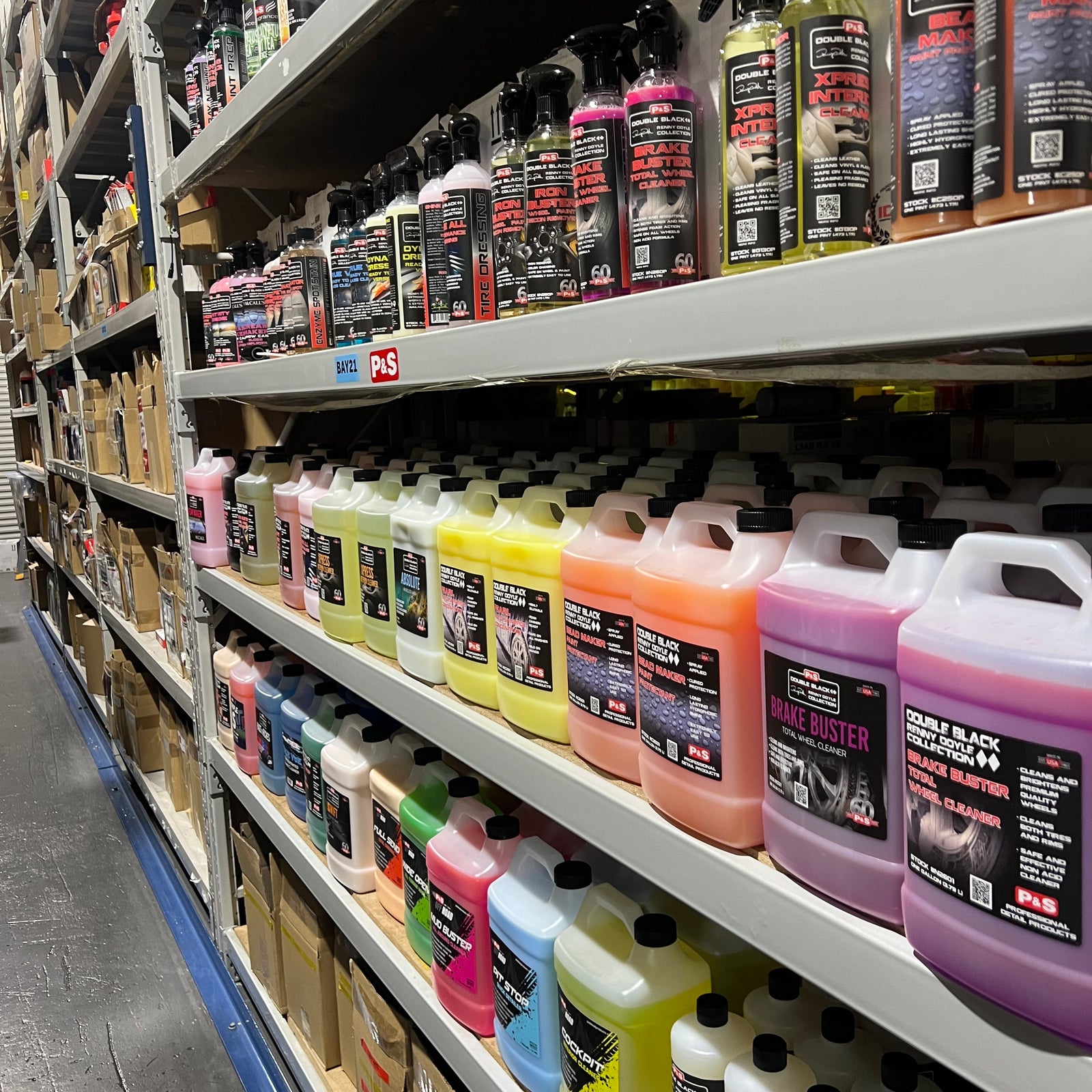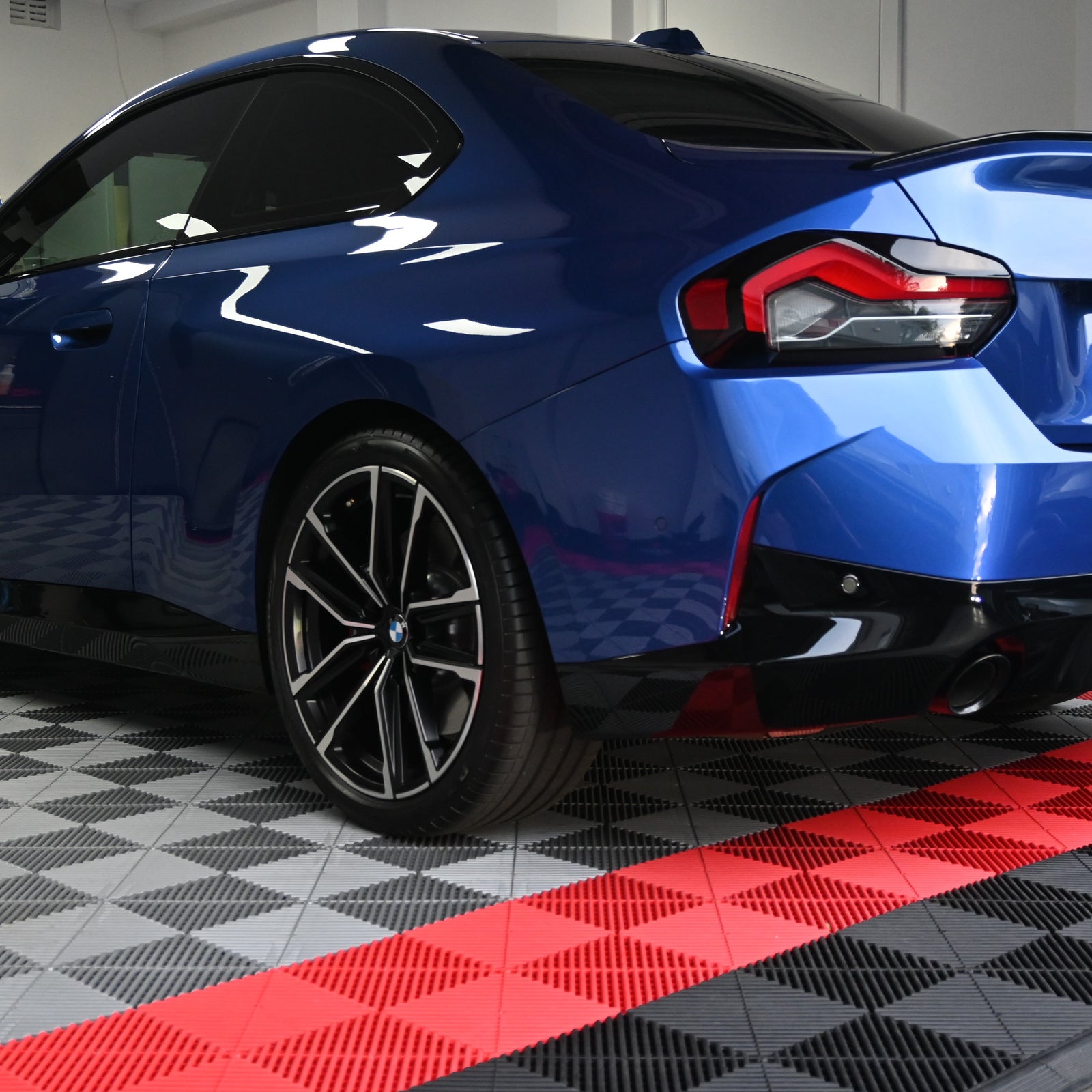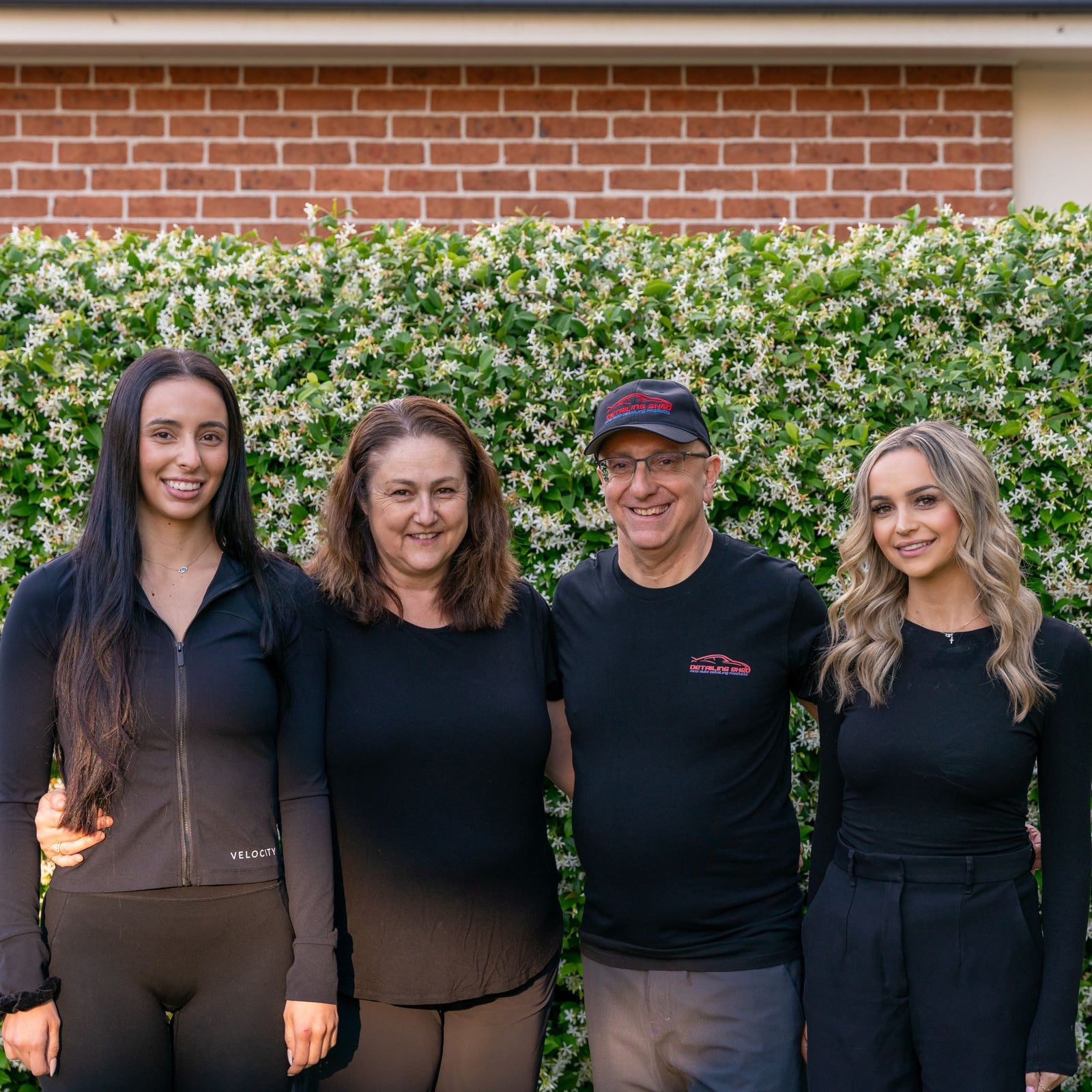In this article, we go into depth of identifying and removing contamination prior to polishing and the application of wax, sealant or ceramic coating. The goal is to deliver a clean slate to work with when polishing and allow your chosen wax, sealant or ceramic coating to properly bond to the surface.
What Is Contamination?
In the detailing world, the word “decontamination” is used to describe the removal of foreign material from car paint, glass, and wheels. These contaminants are typically not removed during normal maintenance washing and build up over time, making the paint feel rough and lacking in optical clarity.
Contamination can range from iron fallout, industrial fallout, acid rain, mineral deposits, bird droppings, tree sap, bug remains, tar, paint overspray, oily road grime and rubber residue. This can vary depending on how and where you use your vehicle. Live in an industrial area or park at a train station, chances are you will be doing this regularly. Those who live and work in higher population cities, by an airport or in industrial areas, will typically have more fallout to deal with. Some contamination can be seen with the naked eye, bugs and tar, others can only be felt.
Why Is Decontamination Important?
Removing contamination will enhance the look and feel of the paint, improve the results of a paint correction procedure by eliminating interference between the pad and the paint, and ensure any wax/sealant/coating correctly bonds to the surface, improving its longevity. Contamination can also cause longer-term damage that may require more extensive repairs.
Decontamination Methods
There are two ways to remove contamination from vehicle surfaces. Which method you use will depend on the level and type of contamination present, sometimes you will need both.
Chemical Decontamination - this involves the use of specific chemicals to safely soften and then remove contaminants. Iron, water spots, bug, tar, and degreaser products exist for this very reason.
Mechanical Decontamination - this involves contact with the surface to agitate or abrade the contaminants. Think clay bars, mitts, towels and sponges. Because of that, you want to do this as little as possible, and depending on the aggression needed/used, you may even need to follow with a polish.
Tools & Supplies
The use of high-quality products here makes the job so much easier and safer on the vehicle:
- Iron Remover Chemical - these products dissolve iron deposits that accumulate over time. Once dissolved, these contaminants can be easily rinsed from the vehicle. We recommend - GTECHNIQ W6, 3D BDX & Koch Chemie Rrr
- Decontamination Soap - a higher pH soap designed to remove previously applied products and more stubborn grime. We recommend Obsessed Garage Decontamination Soap & 3D Super Pre-Soak.
- Bug Remover - these help soften and break down the enzymes left by dead bugs. You can use GTECHNIQ W8& Koch Chemie Insect & Dirt Remover.
- Tar Remover – a good tar remover can make life so much easier. These products are also great adhesive and tree sap removers and are well worth having. Our favourites are GTECHNIQ W7, Optimum T.A.R. Remover& 3D Gum & Tar Remover.
- Clay Product & Lubricant - clay products come in several different forms now, from conventional clay bars to clay towels and mitts. Traditional clay bars are more effective but require more care and management during use. A clay towel or mitt is easier to use and gentler on the paint, but slightly less effective.
- Water-spot Remover - these mild acidic products work to neutralise and remove the mineral deposits that have caused visible water spots. GTECHNIQ W9 and Optimum MDR are good options.
- Prep Spray - these are used to remove polishing oils and other residues prior to and after polishing. We recommend GTECHNIQ PW
The Method
Each step of the process is geared towards safety, effectiveness and efficiency, which we will explain as we go. Each step can also be used singularly when dealing with specific or isolated contamination.
1. Apply an iron remover to the whole car; paint, glass and wheels. Leave to dwell for several minutes up to 5 minutes (before it dries on the surface) to allow the chemical to react and dissolved imbedded iron particles. In this case, we don’t pre-rinse the car prior to the application of the iron remover, meaning that we don’t dilute the chemical and ensure a more concentrated reaction. There is some risk here, ideally, the chemical should not dry on the vehicle, so do this out of direct sunlight, or break it up into smaller sections.
2. With the iron remover still on the car, we foam the car down with a decontamination/high alkaline soap. This has two benefits; firstly, it allows the iron remover to continue working, secondly, it then targets an accumulation of grime and oiler contamination that is not always removed via regular washing.
3. Rinse the car thoroughly to remove the iron remover and soap residue. If needed, this would be where you would apply a bug remover, but usually, the decontamination soap will deal with that.
4. Now wash the car following your normal washing procedure.
5. With the car still wet, work your way around the vehicle using a clay bar, mitt or towel, applying clay lubricant as you go. Doing this step before drying the car allows you to rinse the clay lubricant residue from the car afterwards, saving you from an extra step.
6. If there are any tar deposits remaining, this would be where you spot treat these areas with a tar remover. Apply, allow to dwell for 30-60 seconds, wipe with a towel, then rinse thoroughly. Don’t allow these chemicals to dry on the paint.
7. If required, treat water-spot areas with a mineral or water-spot remover. Rinse well afterwards.
8. Dry the vehicle. It’s important not to use a drying aid at this step, otherwise you end up undoing a lot of the work just completed. Instead, we use a prep spray such as GTECHNIQ PW Prep as the drying aid, in effect combining two steps in one. The use of a prep spray here removes any lingering residue and allows you to properly inspect the paint prior to polishing.
From here, you will have a decontaminated your car and it's now ready for polishing and the application of fresh coat of wax, sealant or ceramic coating.
Tips, Tricks and What to Avoid
-
Avoid doing this process in direct sunlight because the chemicals used during this process are on the stronger side, you really don’t want to have these drying on the vehicle. If you don’t have shade, then start the process early in the day, or early evening.
-
Let the chemicals do the work! At this level of detailing, the use of targeted chemicals makes the process so much easier, requiring less effort to get the desired results.
-
If using a brand-new clay towel, sponge or mitt, it’s always good practice to break these in on glass before using them on paint. This removes any protective film left behind from manufacturing without impacting the paint. This doesn’t apply to traditional clay bars.
-
Avoid using combined, two-in-one type products such as bug & tar removers or iron removing snow foams. From my experience, multi-use products are less targeted and less effective so you either need to work harder or not get a complete result.
Q&A
Why does my paint feel rough?
Generally, paint will often feel rough when it’s contaminated.
Do I always need to use a clay bar product?
No, not always. As outlined above, the baggie test or the sound/feel of the paint will determine if a clay treatment is needed. As clay is abrading contamination, the less often you do this the better. Never use a clay bar on a Ceramic coated car. Use Iron Decontamination products
Will an iron remover negate the need for claying?
Sometimes yes, sometimes no. This will depend on how contaminated the paint is. From our perspective doing both makes sense in that using the iron remover chemical first will knock down the majority of contaminants, in turn making the clay process safer on the paint.
On new car you may only require just Iron removal alone.
Why is my relatively new ceramic coating not beading anymore?
Over time, a ceramic coating can become “clogged”, in turn reducing the physical properties of the coating. A periodic treatment with an iron remover and washing with a decontamination soap will rejuvenate and restore the coating.
How often do I need to decontaminate my car?
Again, very car and use case dependent. On a garage queen, the car may never require periodic decontamination. On a daily driver, that could be anywhere between every 3 to 6 months. For the process we outlined above, that would be used prior to the application of a wax/sealant/coating.
The Key To Enhancing Your Vehicle Appearance
Decontaminating your car is all about ensuring the vehicle looks as good as it possibly can. By providing a clean and prepared surface, you ensure your chosen wax, sealant or ceramic coating properly bonds to the paint, in turn increasing durability and enhancing the look of your car for longer.
Good luck and happy detailing!
